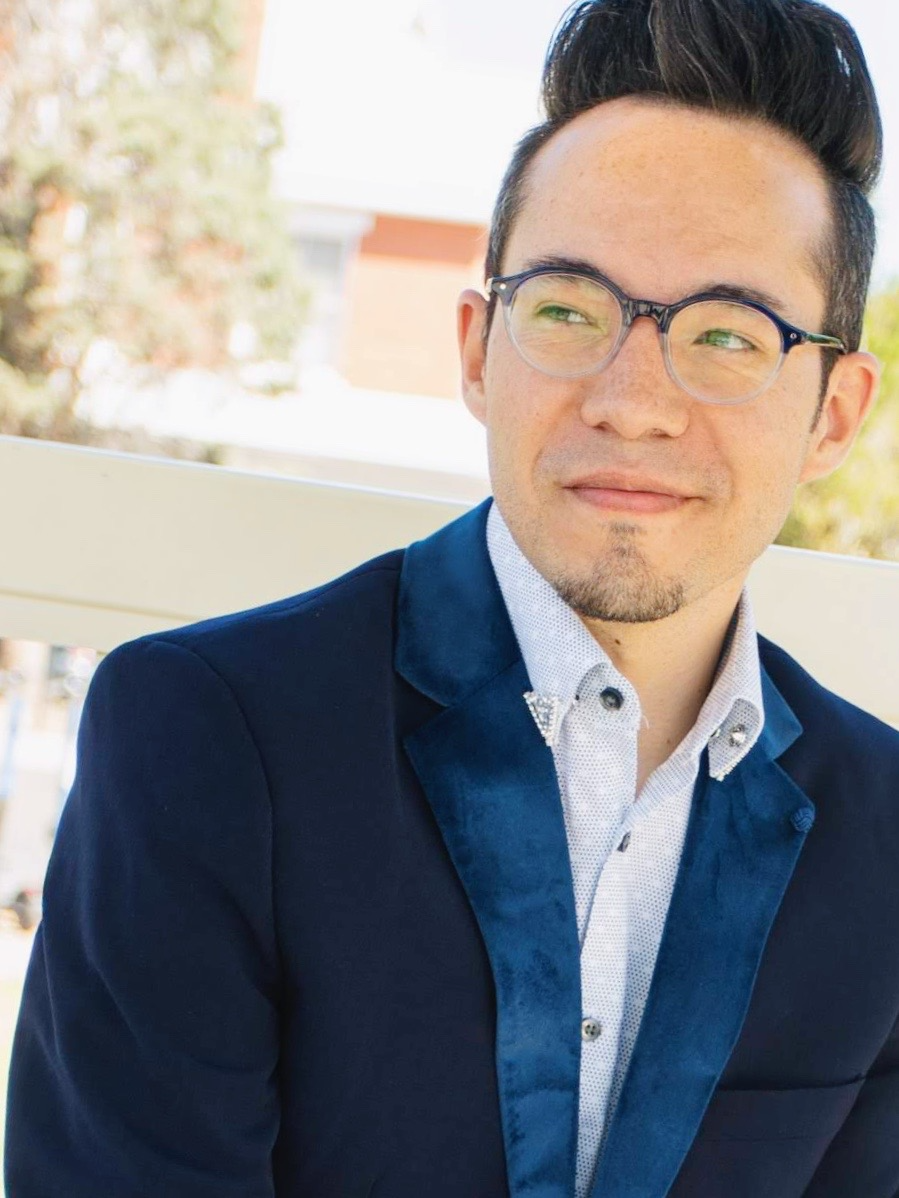Community of performers excel in 'Our Town'
/City Pages Ed Huyck
March 19, 2014
It's easy to be cynical about Our Town, Thornton Wilder's look at the rhythms of small-town life in turn-of-the-20thcentury New England. Over the years, countless mediocre productions have stripped the play of its inner beauty and power, leaving behind memories of dull acting and dusty characters. It just takes one great production, however, to change that perception. In his production notes, director Peter Rothstein shares his eye-opening experience of seeing the show at American Players Theatre in Spring Green, Wisconsin. Local audiences have a chance to enjoy a similar experience if they take in Theatre Latte Da's new production.
In Rothstein's vibrant creation, Our Town becomes an absolutely immersive adventure — one that celebrates the concept of community at every turn. In the cavern-like Lab Theater, the spare stage serves as a de facto lobby before the play starts and during each of the two short intermissions. Folks mingle and talk, while the company shares a selection of folk tunes and pop songs from the early-20th-century setting of the play. Music plays a vital role here, but this isn't a musical — there are no dancing ghosts in the last act, no tender love ballad as two young people fall in love. Instead music is woven into the tapestry of the show. We hear songs before the play starts and during each intermission. It's all provided by the company members, who take up a bevy of instruments and jam as if the performance were taking place on a front porch on a warm summer's night.
The lines between audience and actor — and house and stage — are further blurred during the show, as the actors find empty seats in the house to sit in while waiting for the next scene. That's fitting for Wilder's play, which removes the fourth wall and presents a sort of meta-theater, in which the stage manager freely talks about this being a play (she even holds a script) while guiding us on a tour of Grover's Corner. And yes, the stage manager is a she in this particular rendition. Local legend Wendy Lehr takes up the role of the behind-the-scenes witness to all of the action before us. Shifting the typically male role of stage manager to a woman is only part of the overall casting. Rothstein underscores the idea that we are all part of "our" town by including a cast that reflects the modern face of the Twin Cities, a cast far from the lily-white New England of 1901.
While the play truly evokes the rhythm of life in this small town, we examine it all through the lens of two middle-class families. The Gibbs and Webbs live in adjacent homes, with families of about the same age. Teenagers George and Emily fall in love, marry, and then are separated by death during the two hours (and 12 years in time) of the play. Two extremely talented young performers — David Darrow and Andrea San Miguel — take on these roles, creating nearly instantaneous chemistry: They fall in love at an ice cream shop, as George keeps moving his chair closer to Emily. The connection grows stronger throughout the scene, until it is clear that these two were made for each other. That brings the final act — appropriately titled "Death and Dying" — into sharper focus. The recently deceased Emily discovers that the mind lives on after death, but that the ghosts in the graveyard prefer to forget what has come before. Traveling back to a day in her life, she learns why. San Miguel shows us the post-existential heartbreak, while Darrow brings out the all-too-living grief of a man suddenly alone in the world. All of this work — the acting, the music, the simple yet effective staging — gives Wilder's deep, subtle, and stunning script a rock-solid platform to work its charms, break the heart, and push the audience out of the theater with a new perspective on every mundane but beautiful moment of life.


